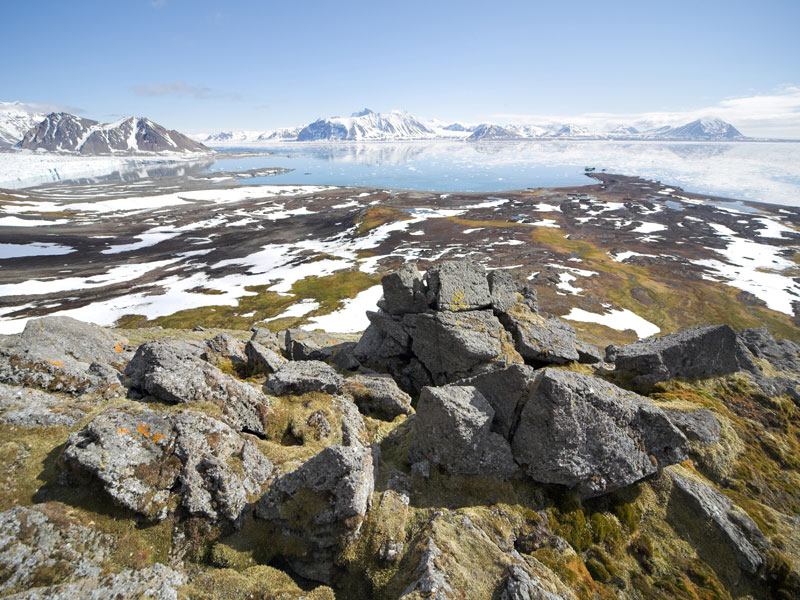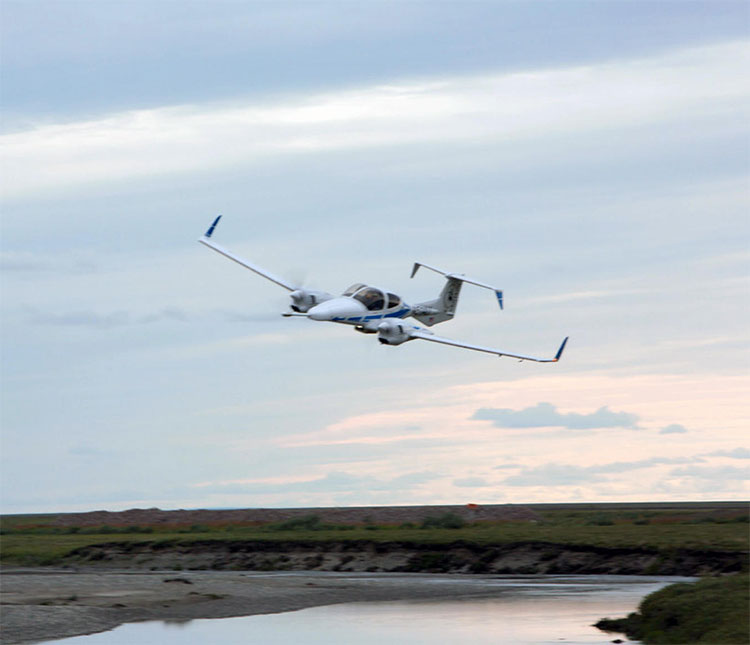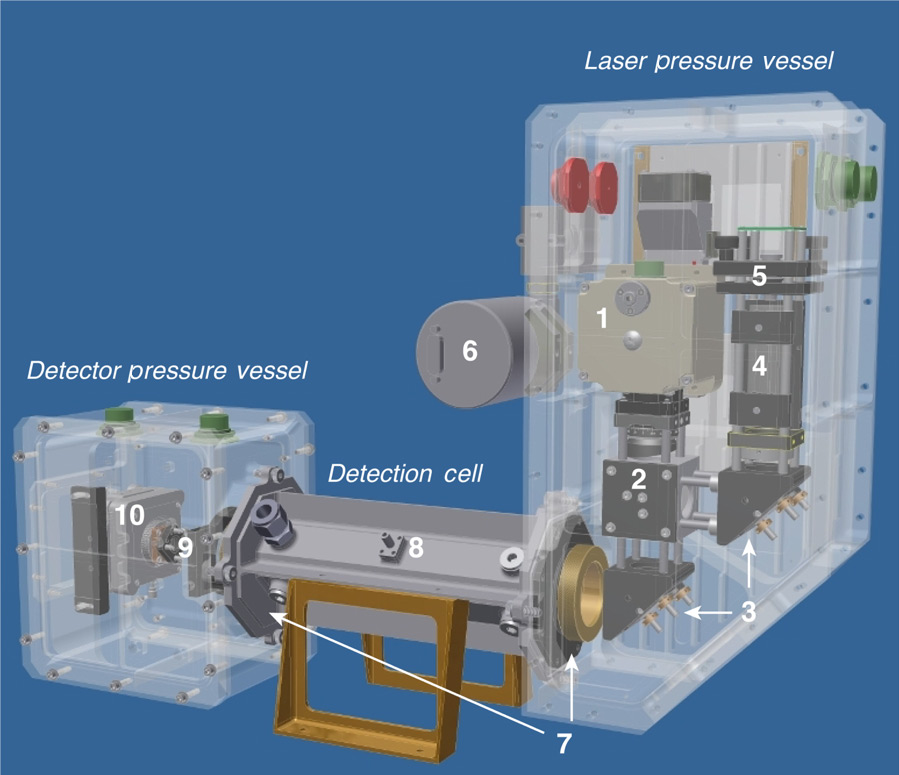
23rd April 2019 Arctic emissions of N2O may be 12 times higher than thought The warming Arctic permafrost may be releasing far more nitrous oxide (N2O), a potent greenhouse gas, than previously thought.
Approximately one quarter of the Northern Hemisphere is covered in permafrost. Now, these permanently frozen beds of soil, rock, and sediment are actually not so permanent: They're thawing at an accelerating rate. In fact, the Arctic is warming at double the speed of the global average. As the ice melts, it loosens the soil. Forests fall; roads and buildings collapse; and, in an ironic twist, warmer soil releases even more greenhouse gases, exacerbating the effects of climate change. The two most influential anthropogenic (human-generated) greenhouse gases are carbon dioxide (CO2) and methane (CH4). But until recently, the threat of the third largest – nitrous oxide (N2O) – has largely been ignored. In the Environmental Protection Agency's (EPA) most recent report (from 2010), these emissions are rated as "negligible". However, a new paper published this month in Atmospheric Chemistry and Physics concludes that nitrous oxide emissions from thawing Alaskan permafrost are actually 12 times higher than previously assumed. Since N2O is 300 times more potent than carbon dioxide on a per-molecule basis, this revelation could mean that the Arctic and our global climate are in more danger than we thought. "Much smaller increases in nitrous oxide would entail the same kind of climate change that a large plume of CO2 would cause," explains Jordan Wilkerson, graduate student in the lab of James Anderson, Professor of Atmospheric Chemistry at Harvard. Flying over the North Slope of Alaska, no higher than 50 metres above the ground, Anderson's field team collected data on four different greenhouse gases over a total area of 310 square kilometres. Although focused on carbon dioxide, methane and water vapour (a natural greenhouse gas), their little plane picked up nitrous oxide levels, too.
Wilkerson analysed the raw data, expecting it to confirm what everyone already seemed to know: Nitrous oxide is not a credible threat from permafrost. Following his calculations and double-checking them, he sent his results to Ronald Dobosy, atmospheric scientist and paper co-author. After triple checks, Wilkerson had to admit: "This is widespread, pretty high emissions." In just one month, the plane had recorded enough nitrous oxide to fulfil the expected cap for an entire year. In addition to its greenhouse effect, nitrous oxide poses a second, special threat: Up in the stratosphere, sunlight and oxygen team up to convert the gas into nitrogen oxides, which eat at the ozone. These molecules can stay in the atmosphere for up to 114 years. The study only collected data on emissions during the month of August. And while their plane covered more ground than any previous study, the data represents just 310 of the 14.5 million square kilometres in the Arctic, equivalent to using a Rhode Island-sized plot to represent the entire USA. Nevertheless, a number of other recent studies – based on surface samples, and conducted over longer periods – corroborate Wilkerson's findings. Together, all of this new data points to the same conclusion: Arctic permafrost is emitting far more nitrous oxide than previously expected. Eddy-covariance towers, the same technology used aboard the Harvard team's plane, monitor both carbon dioxide and methane emissions at ground sites across the Arctic. This latest study was the first to use such technology while airborne, to collect data on the region's nitrous oxide. Wilkerson hopes their new finding will inspire further research: "We don't know how much more it's going to increase, and we didn't know it was significant at all until this study came out," he says. "This needs to be taken more seriously than it is right now."
Comments »
If you enjoyed this article, please consider sharing it:
|









